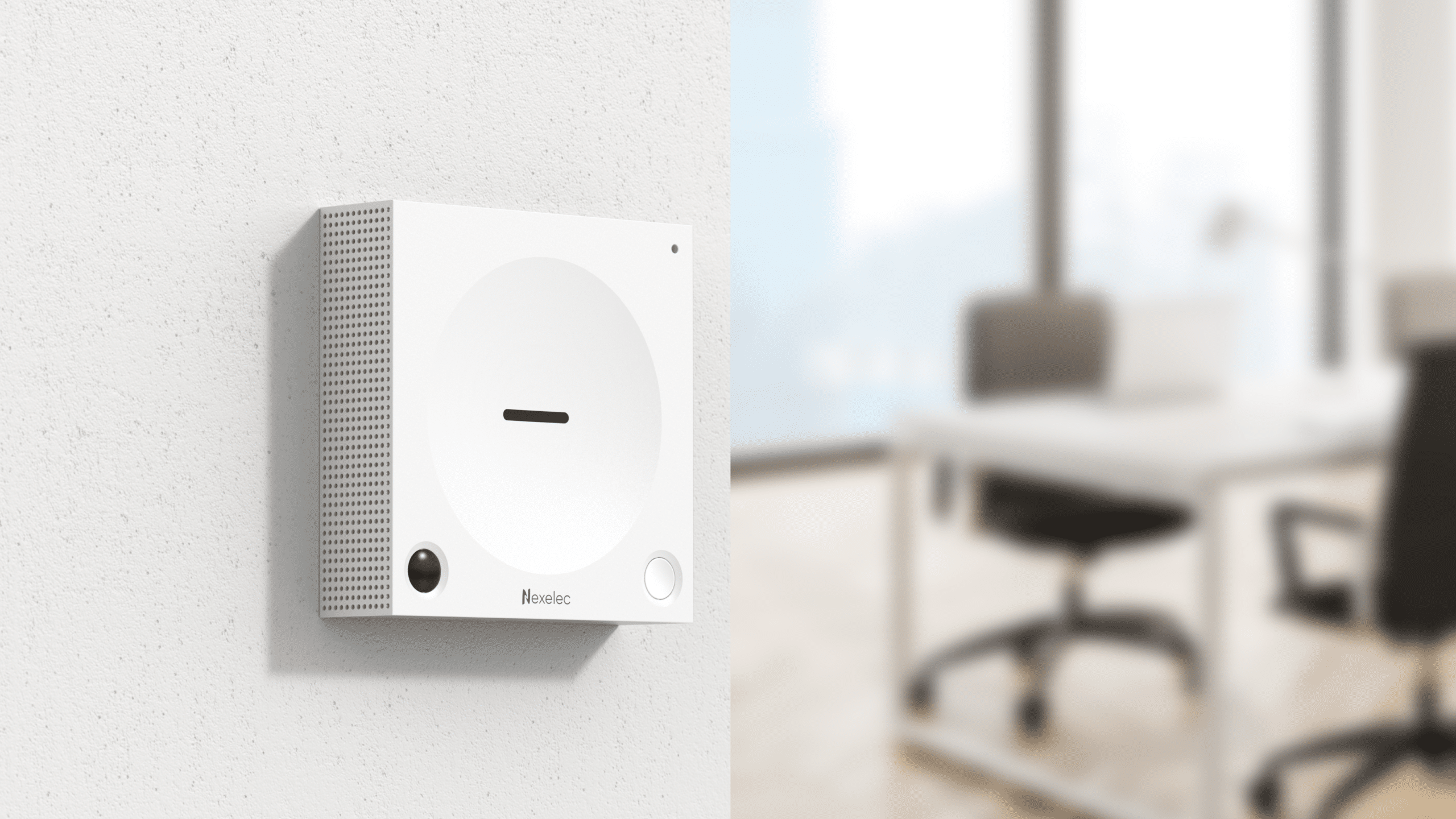The battery life of a sensor varies from one product to another. Understanding what influences this battery life not only extends the life of the sensors, but also ensures optimal safety throughout their use. Efficient power management is essential to maximise the operating time of the sensors and thus guarantee continuous protection. By optimising power consumption, it is possible to extend the life of the batteries and maintain reliable and constant operation of the sensors.

How to check sensor operation
To ensure that the motion sensor works properly and that the batteries remain in good condition, it is essential to monitor the signal regularly. Several factors can influence the battery life and the stability of the signal. Here are a few essential tips for optimal use:
- Clean regularly: Use a vacuum cleaner brush to remove dust that could obstruct the signal receivers and disrupt the signal. Frequent maintenance ensures a clean and stable signal.
- Do not use cleaning products: Chemicals can damage the sensors and thus reduce their efficiency, their lifespan and the quality of the signal. Using inappropriate products can damage the sensor and disrupt signal transmission.
- Do not paint the sensor: Paint can affect the performance of the sensors, making them less efficient and affecting signal transmission. Using the wrong paint can block the essential functions of the sensor.
By adopting these good practices, you can extend battery life, maintain a reliable signal and ensure that your sensors work properly. Understanding these factors not only maximises the efficiency of your sensors, but also guarantees optimal safety in your environment.
Locations to avoid for optimum autonomy
The location of the motion sensor plays a role in the battery life of the system. Certain environments can reduce the performance and lifespan of the sensors. Here are the locations to avoid:
- Bathrooms, kitchens, showers, garages: These rooms are often damp and can be subject to temperature variations, which can damage the system's motion sensor.
- Rooms that are too damp or subject to extreme temperatures: The system's motion sensors should not be placed in areas where the temperature can exceed 50°C or fall below -20°C.
What factors affect battery life?
Depending on the frequency of data transmission
The IoT product consumes energy when it transmits the data measured by the sensors. The lower the number of transmissions, the greater the autonomy of the IoT product, which reduces the frequency of alarms and extends the life of the batteries.
Depending on the frequency of the LED
When the LED flashes, the battery is put under more strain. The autonomy of the IoT product will be lower in environments where the LED is regularly on, resulting in higher energy consumption and frequent alarms.
Depending on LoRaWAN coverage
LoRaWAN technology uses a mechanism called ADR, which adapts radio transmission parameters according to the level of network coverage. An IoT product placed in an environment with very good radio coverage can consume up to 20 times less energy than an IoT sensor placed in a less favourable environment, thus reducing the frequency of alarms and improving alarm management.
Depending on the sensor measurement period
The IoT product consumes energy, particularly when the IoT sensors take measurements. The shorter the period between measurements, the higher the overall consumption of the IoT product and therefore the reduced autonomy, which can lead to more frequent alarms.
Depending on the number of activity sensors
An IoT device with several sensor devices (e.g. temperature, humidity, CO2) will consume more energy than an IoT device with a single sensor. Each additional sensor IoT device implies additional measurement cycles and additional data transmissions, thus increasing overall energy consumption and the risk of triggering additional alarms.
This news may interest you
Nexelec's news